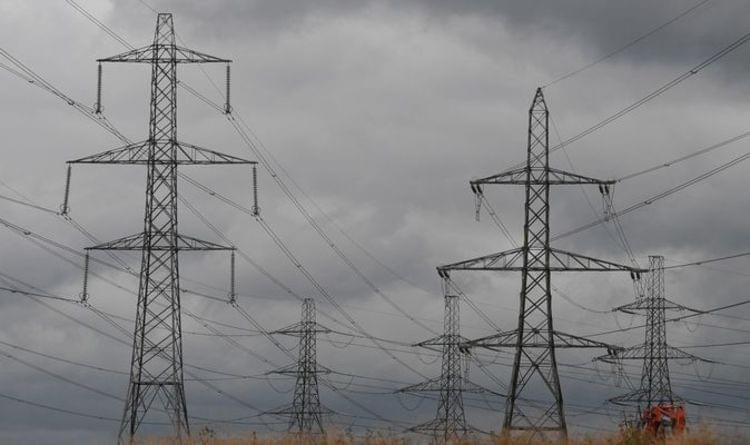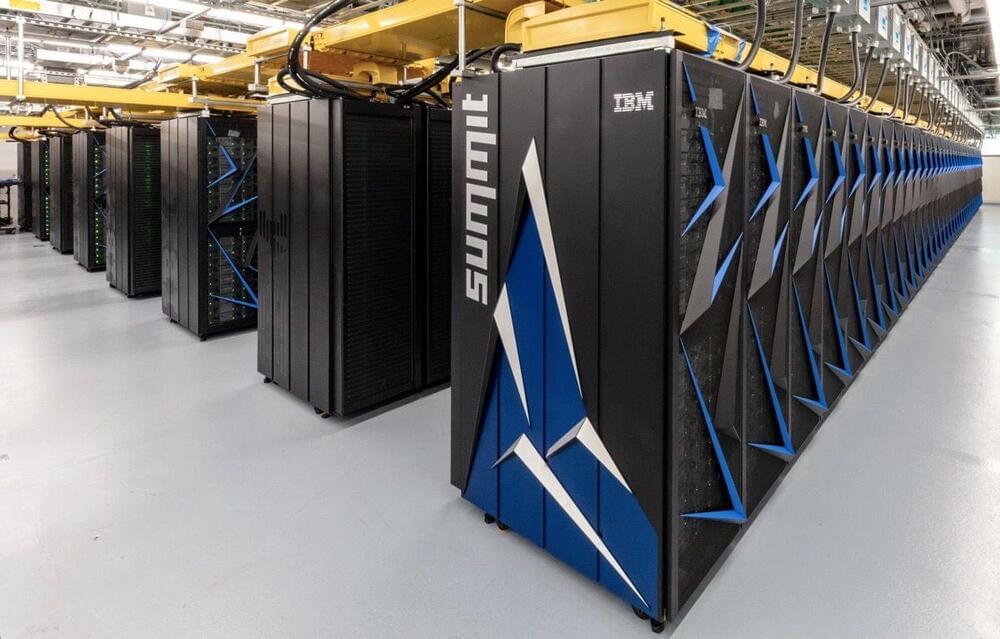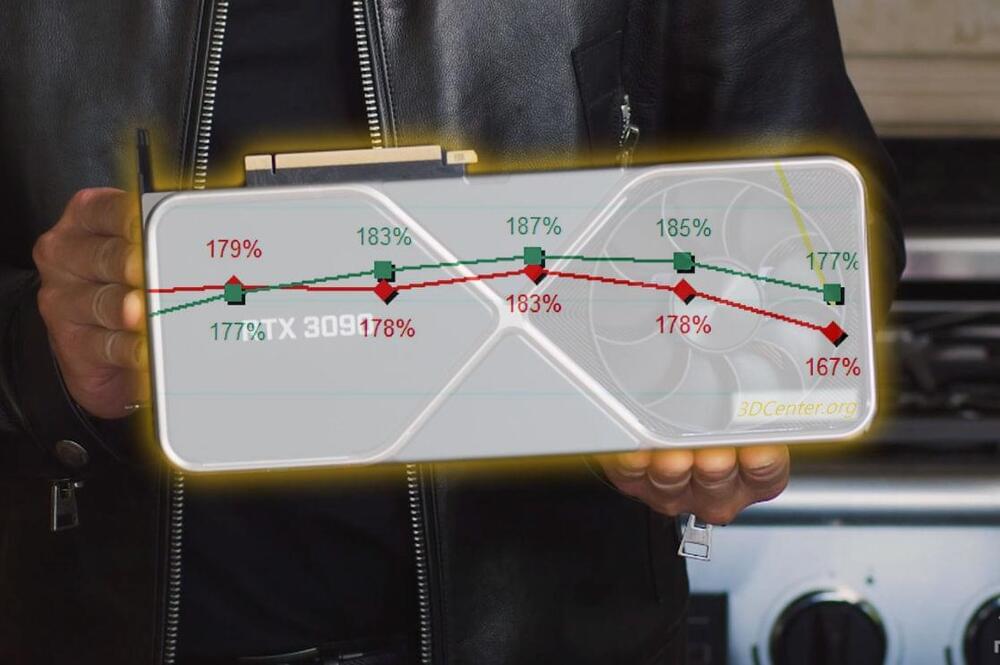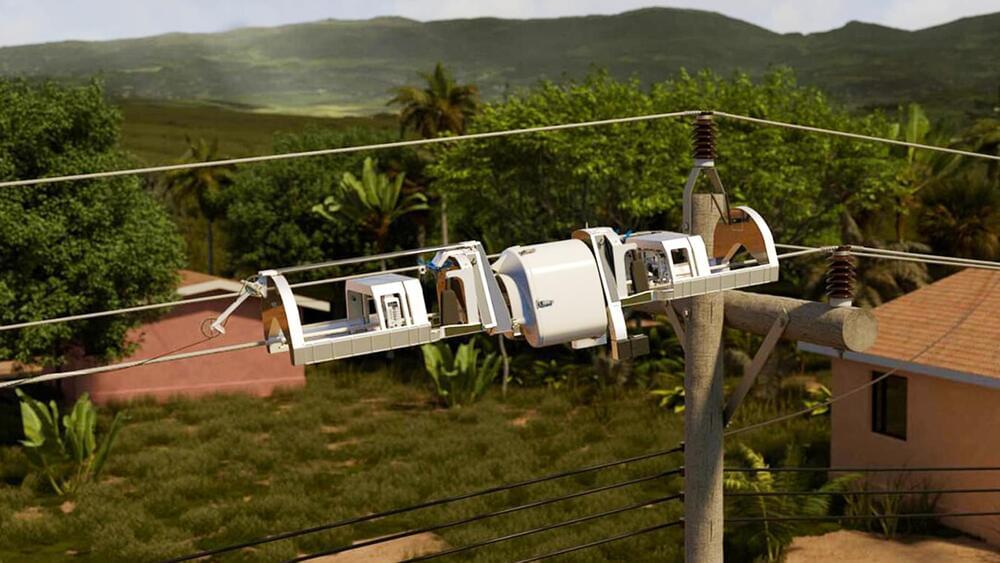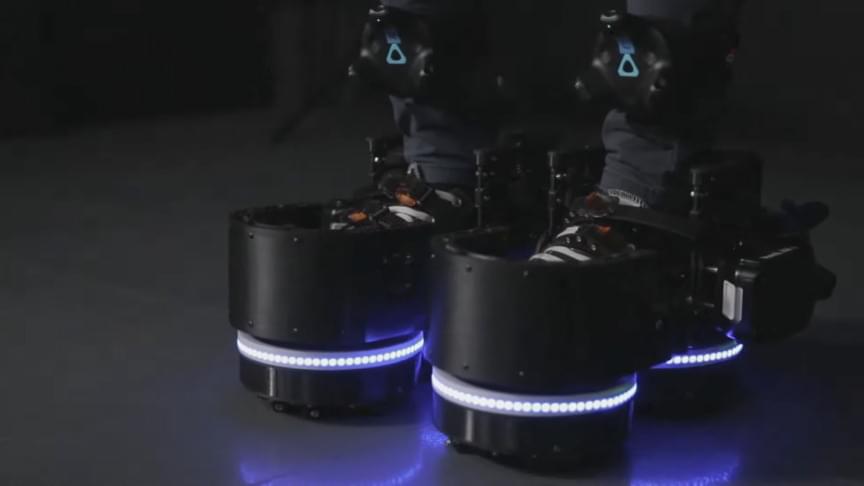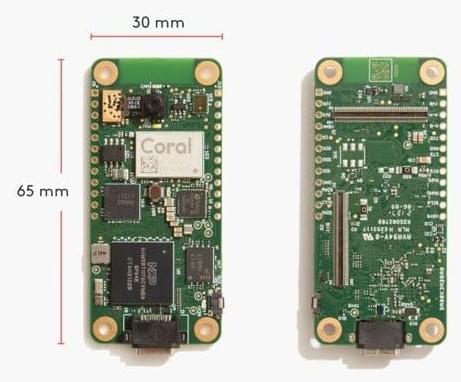MILLIONS of Brits could be hit by electricity blackouts after a series of warnings.
Circa 2018 o.o!
It’s shiny, fast and ultrapowerful. But it’s not the latest Alfa Romeo. A physics laboratory in Tennessee just unveiled Summit, likely to be named the world’s speediest and smartest supercomputer.
Perhaps most exciting for the U.S.? It’s faster than China’s.
Guys over at 3DCenter.org have just updated their GPU price charts for January, which is a second update this month.
AMD Radeon RX 6,000 and GeForce RTX 30 prices are declining, this trend has been observed for the second time this month. From 185%, GeForce RTX 30 cards are now ‘only’ 177% more expensive than they should be. Meanwhile, AMD cards observe a reduction from 178% to 167%, which is a retail price increase over the official MSRP (Manufacturer’s Suggested Retail Price).
Those price changes are likely not yet affected by the crypto coin crash that took place last week. For those to take effect we probably have to wait a week or two (so the next price update should be very interesting).
A Facebook robot that wraps fiber-optic cable around existing power lines could help bridge the digital divide by bringing internet access to some of the billions of people who currently lack it.
Why it matters: The 60% of the world population with internet access has social, economic, financial, and educational advantages over the other 40%, most of whom live in developing nations or rural areas.
The cost of expanding internet networks is a major barrier to bringing internet access to those people — if the Facebook robot can cut that cost, it could help close this “digital divide” and make the world a more equitable place.
In October 2017, the interstellar object ‘Oumuamua passed through our solar system, leaving many questions in its wake. Not only was it the first object of its kind ever observed, but the limited data astronomers obtained as it shot out of our solar system left them all scratching their heads. Even today, almost five years after this interstellar visitor made its flyby, scientists are still uncertain about its true nature and origins. In the end, the only way to get real answers from ‘Oumuamua is to catch up with it.
Interestingly enough, there are many proposals on the table for missions that could do just that. Consider Project Lyra, a proposal by the Institute for Interstellar Studies (i4is), which would rely on advanced propulsions technology to rendezvous with interstellar objects (ISOs) and study them. According to their latest study, if their mission concept launched in 2028 and performed a complex Jupiter Oberth maneuver (JOM), it would be able to catch up to ‘Oumuamua in 26 years.
On October 30th, 2017, less than two weeks after ‘Oumuamua was detected, the Initiative for Interstellar Studies (i4is) inaugurated Project Lyra. The purpose of this concept study was to determine if a mission to rendezvous with ‘Oumuamua was feasible using current or near-term technologies. Since then, the i4is team has conducted studies that considered catching up with the ISO using nuclear-thermal propulsion (NTP) and a laser sailcraft, similar to Breakthrough Starshot—an interstellar mission concept for reaching Alpha Centauri in 20 years.
Ekto VR’s new ‘moon boots’ could solve the ‘infinite walking’ problem of Virtual Reality via an array of motorized wheels.
Researchers from Korea’s one of the best science and technology universities, KAIST’s Department of Bio and Brain Engineering, have developed a new artificial intelligence-powered light field camera that can read 3D facial expressions.
The highly capable camera uses a technique that uses infrared light to read facial expressions. Professors Ki-Hun Jeong and Doheon Lee led the research team which developed this artificial intelligence-enabled technology.
The newly developed light-field camera comes with micro-lens arrays in front of the image sensor, allowing it to capture the spatial and directional information of light in a single shot, making it tiny enough to fit into a smartphone.
Meta says it wants to build the most powerful artificial intelligence supercomputer in the world.
The Facebook owner has already designed and built what it calls the AI Research SuperCluster, or RSC, which it says is among the fastest AI supercomputers in the world.
It hopes to top that league by mid-2022, it said, in what would be a major step towards increasing its artificial intelligence capabilities.
Utility regulators have proposed slashing the incentives homeowners receive to install solar panels, a long-sought goal of utilities and labor unions.
The latest entry in the Coral range of low-power edge AI development boards is also Google’s first microcontroller board — “coming soon.”
